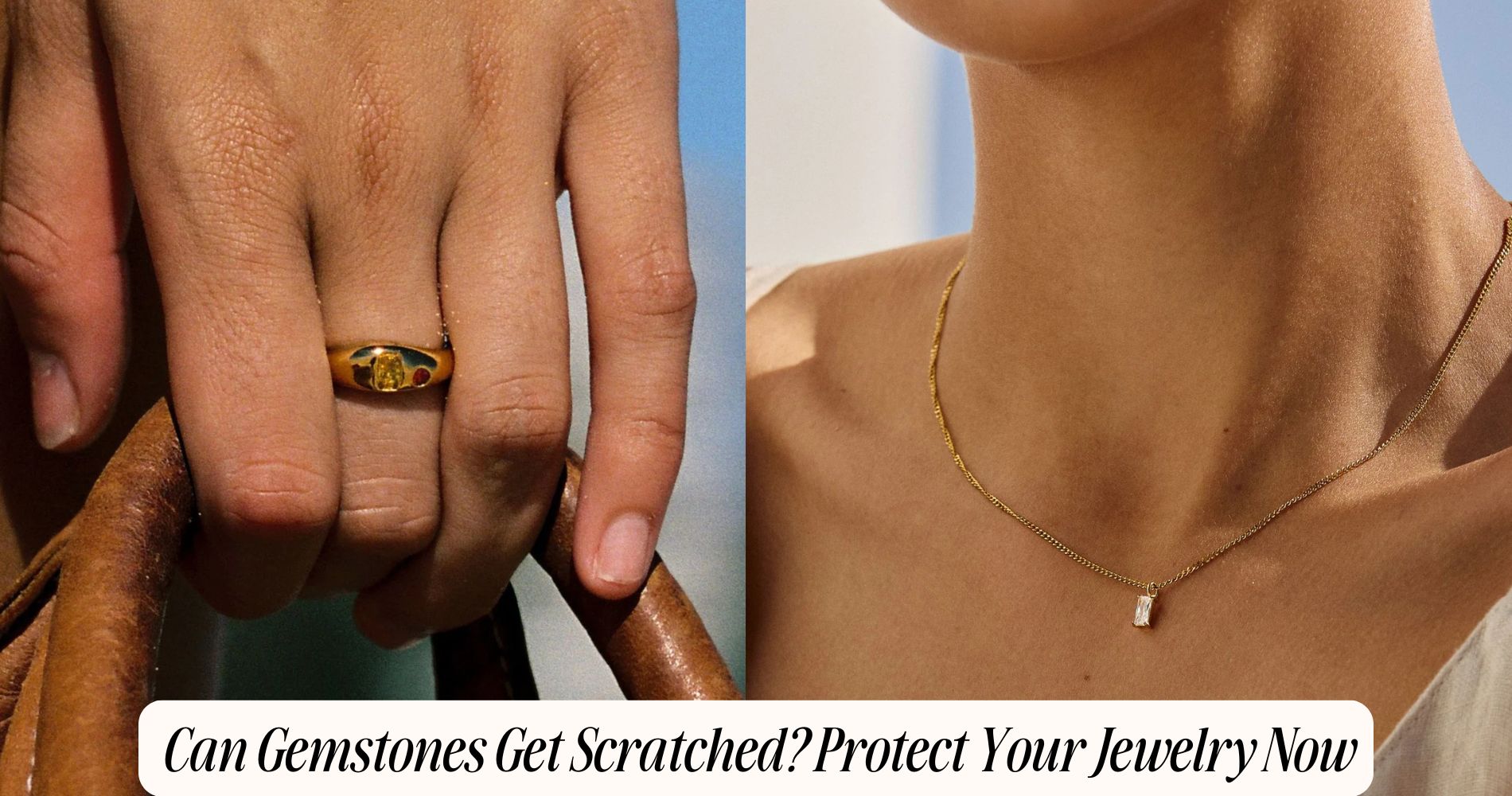
Can Gemstones Get Scratched? Protect Your Jewelry Now
Can gemstones get scratched? Absolutely— even the toughest ones like diamonds and sapphires aren’t immune to damage. Daily wear, mechanical abrasion, or contact with harder surfaces can leave marks over time. The Mohs scale ranks gemstones by scratch resistance, and softer stones like opal, topaz, and emerald are especially at risk. Factors like household dust, harsh chemicals, and improper cleaning can also dull their shine. To keep your jewelry looking its best, focus on proper storage, gentle cleaning, and regular inspections. Choosing durable options like waterproof jewelry can also help minimize everyday wear. Discover smart ways to extend your jewelry’s brilliance and lifespan next.
Understanding the Hardness of Gemstones
When you select or care for jewelry, understanding gemstone hardness is essential because it directly affects durability and resistance to scratches. Hardness refers to a gemstone's ability to withstand abrasion, which depends largely on its atomic structure and gemstone composition.
For example, diamonds consist of tightly bonded carbon atoms, giving them exceptional scratch resistance, while softer stones like calcite have weaker molecular bonds and are more prone to surface damage. You should evaluate the composition of each gemstone to determine its suitability for daily wear.
Gemstones with higher hardness maintain their polish and clarity over time, whereas softer varieties may quickly accumulate scratches. By recognizing the intrinsic properties that govern scratch resistance, you’ll make informed decisions about how to handle, store, and maintain your jewelry.
The Mohs Scale: What It Means for Your Jewelry
Although gemstone hardness is an essential factor in jewelry selection, you’ll gain a much clearer understanding by referencing the Mohs scale—a standardized system used to rank minerals by their resistance to scratching.
This scientific tool assigns minerals a value from 1 (talc) to 10 (diamond), representing relative hardness. When you assess gemstones for jewelry, consult the Mohs scale to determine how well a stone will withstand daily wear.
For example, sapphire and ruby, ranked at 9, are highly resistant to abrasion, while quartz, rated at 7, is more vulnerable to scratches from harder substances.
Understanding gemstone classifications on the Mohs scale allows you to make informed decisions, ensuring your jewelry’s longevity. Always consider the scale when evaluating potential gemstones for rings, bracelets, or other frequently worn pieces.
Which Gemstones Are Most Prone to Scratches
Understanding the Mohs scale equips you to identify which gemstones are particularly susceptible to scratches. When you examine gems, pay close attention to their mineralogical composition.
Emerald clarity may appear striking, but its internal flaws, or inclusions, compromise its structural integrity, making emeralds vulnerable to abrasion despite moderate hardness.
Opal softness, with a Mohs rating around 5.5 to 6.5, renders it extremely prone to surface scratches.
Topaz resilience offers better protection, yet its crystalline structure can cleave easily, so it’s still at risk.
In contrast, sapphire durability and ruby hardness—both rated 9 on the Mohs scale—provide significant resistance to scratches, though they’re not immune.
Knowing these characteristics helps you choose jewelry that matches your lifestyle and informs you about each gem’s care requirements.
Everyday Activities That Can Damage Your Gems
Even routine tasks like washing dishes, gardening, or exercising expose your gemstones to mechanical abrasions, thermal stress, and chemical agents that compromise their integrity.
During daily wear, microscopic particles trapped in dust or soil can act as abrasives, causing minute scratches on softer gems.
Household chores frequently involve exposure to detergents and cleaning agents containing harsh chemicals that can etch, discolor, or weaken gem surfaces at a molecular level.
Sudden temperature fluctuations, such as moving from hot water to cold, induce thermal stress, risking fractures in gems with lower thermal conductivity.
Impact from accidental knocks against hard surfaces during these activities generates micro-cracks or chips, especially in brittle stones.
How to Store Your Jewelry Safely
Proper storage of jewelry minimizes mechanical wear, prevents chemical interactions, and reduces exposure to environmental stressors such as humidity and ultraviolet radiation.
To optimize jewelry storage, you should individually compartmentalize each piece to avoid direct contact, which can lead to micro-abrasions or scratches—especially among gemstones of varying hardness.
Utilize soft-lined trays or pouches composed of inert materials, such as acid-free fabric or silicone, to inhibit tarnish and moisture accumulation.
Implement desiccants to regulate humidity and avoid rapid temperature fluctuations, which can induce structural stress in certain gem matrices.
Employ safe organization by categorizing items based on mineral composition and frequency of use, ensuring that delicate or porous stones remain isolated.
Best Cleaning Practices for Scratch Prevention
Because cleaning protocols directly influence surface integrity, you must select non-abrasive methods and materials to minimize the risk of micro-scratching.
Utilize pH-neutral cleaning solutions specifically formulated for gemstones, as acidic or alkaline agents can compromise crystal structure and luster. Avoid household chemicals and opt for distilled water, which prevents mineral deposits that exacerbate abrasion.
Employ soft, lint-free cloths or microfiber pads, steering clear of paper towels or rough textiles that generate surface defects. For intricate settings, use specialized jewelry tools such as soft-bristle brushes with ultra-fine filaments to dislodge debris without exerting excessive force.
Don’t submerge porous gemstones; instead, gently wipe them. Always rinse thoroughly and dry with a clean cloth to prevent residue accumulation, which can dull brilliance and increase susceptibility to scratches.
Professional Care: When to Seek Expert Help
When should you entrust your jewelry to a professional rather than attempt at-home maintenance? If you notice deep abrasions, loose prongs, or structural damage, it’s critical to seek expert intervention.
Professionals use precision tools and advanced techniques for thorough gemstone inspection, detecting microfractures or inclusions invisible to the naked eye. They assess the mounting integrity and recommend appropriate jewelry maintenance, such as prong re-tipping or re-polishing.
Attempting repairs without specialized knowledge can exacerbate scratches or compromise gemstone stability. Schedule professional inspections at least annually, especially for high-wear pieces like rings.
Experts also provide ultrasonic cleaning and steam treatments that safely restore brilliance, minimizing risk to delicate gems. Relying on professionals protects your investment and guarantees long-term durability for your treasured pieces.
Myths About Gemstone Durability
While professional care addresses visible and structural concerns, misconceptions about gemstone durability often lead to preventable damage. Many believe that gemstones labeled as “hard” or “indestructible” are immune to scratches and chips.
In reality, the Mohs scale only quantifies scratch resistance, not overall toughness. For effective myth debunking, you should recognize that diamonds, although the hardest mineral, can still fracture from sharp impacts due to their crystalline structure.
Similarly, sapphires and rubies resist abrasion but remain vulnerable to cleavage and thermal shock. Durability misconceptions arise when marketing terms overshadow scientific classifications such as tenacity, cleavage, and brittleness.
Avoid assuming your jewelry is invulnerable; even seemingly robust stones require mindful handling. Accurate knowledge of mineralogical properties helps you prevent damage and preserve your collection’s integrity.
Essential Tips to Prolong the Life of Your Jewelry
To maximize the longevity of your jewelry, implement targeted strategies based on the specific mineralogical and structural properties of each piece. Assess hardness using the Mohs scale; softer gems like opals require gentler handling than robust diamonds.
Store pieces separately in lined compartments to prevent abrasive contact—one of the most effective gemstone protection methods. Avoid exposing jewelry to harsh chemicals, such as chlorine or household cleaners, which can degrade both metals and gemstones.
Regularly inspect prongs and settings with a jeweler’s loupe for early detection of wear or loosening, a critical jewelry maintenance tip. Clean stones using non-abrasive, pH-neutral solutions and a soft brush to preserve optical clarity without inducing micro-scratches.
Frequently Asked Questions
Can Scratched Gemstones Be Repaired or Polished to Look New Again?
You can restore scratched gemstones using advanced polishing techniques and professional scratch removal. Gemologists assess surface abrasions, then employ abrasives of precise grit size, mechanical lapping, and chemical treatments to achieve a renewed, near-original finish and clarity.
Are Synthetic Gemstones Less Likely to Scratch Than Natural Ones?
You’ll find synthetic gemstones often match or exceed natural hardness due to controlled crystal growth, enhancing synthetic durability. However, scratch resistance ultimately depends on each gem’s Mohs hardness, not solely whether it’s synthetic or natural.
Does Gemstone Color Affect Its Susceptibility to Scratches?
Gemstone color itself doesn’t impact scratch resistance; instead, you should focus on mineral composition and crystal structure. However, certain treatments or inclusions affecting color durability can sometimes reduce overall hardness, making some stones more vulnerable to abrasion.
Can Insurance Cover Scratches or Damage to Gemstone Jewelry?
You should review insurance policies carefully, as coverage for gemstone jewelry damage varies. Many policies consider gemstone value, requiring detailed appraisals. Some may exclude minor scratches, while extensive policies can include accidental damage, enhancing your gemstone’s long-term protection.
Are There Gemstone Coatings That Prevent Scratching?
You can choose from various coating types and protective treatments, such as diamond-like carbon (DLC) or nano-ceramic coatings. These advanced surface modifications increase hardness and scratch resistance, but they don't make gemstones completely impervious to abrasion.
Conclusion
To safeguard your gemstones, you must understand their Mohs hardness and susceptibility to abrasion. Even durable minerals like sapphires and diamonds can incur micro-abrasions from improper handling or contact with harder materials. By adopting proper storage protocols, gentle cleaning regimens, and seeking professional assessment for significant wear, you’ll mitigate scratches and preserve optical brilliance. Don’t fall for durability myths—scientific vigilance and routine care are essential for maintaining the longevity and aesthetic integrity of your jewelry collection.







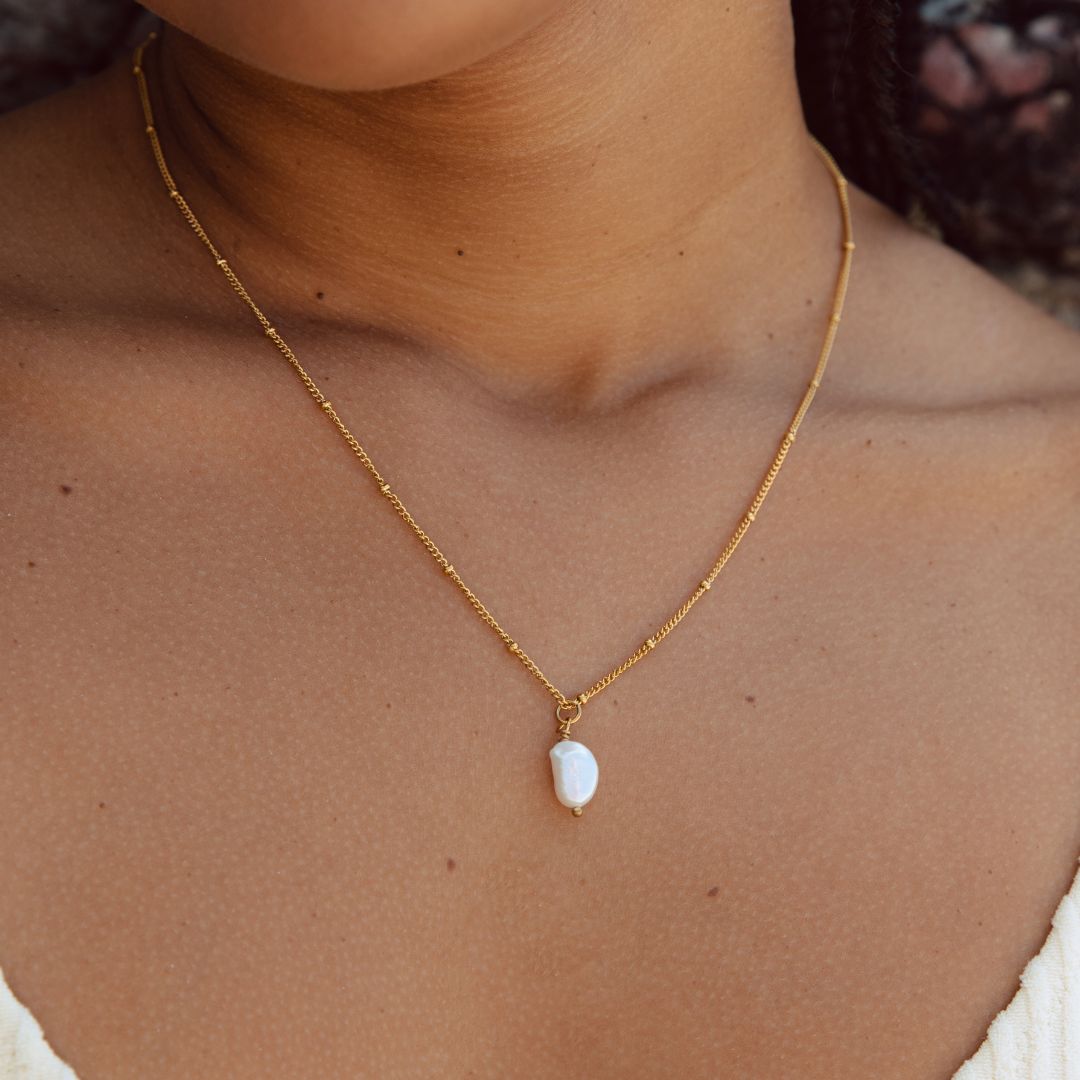

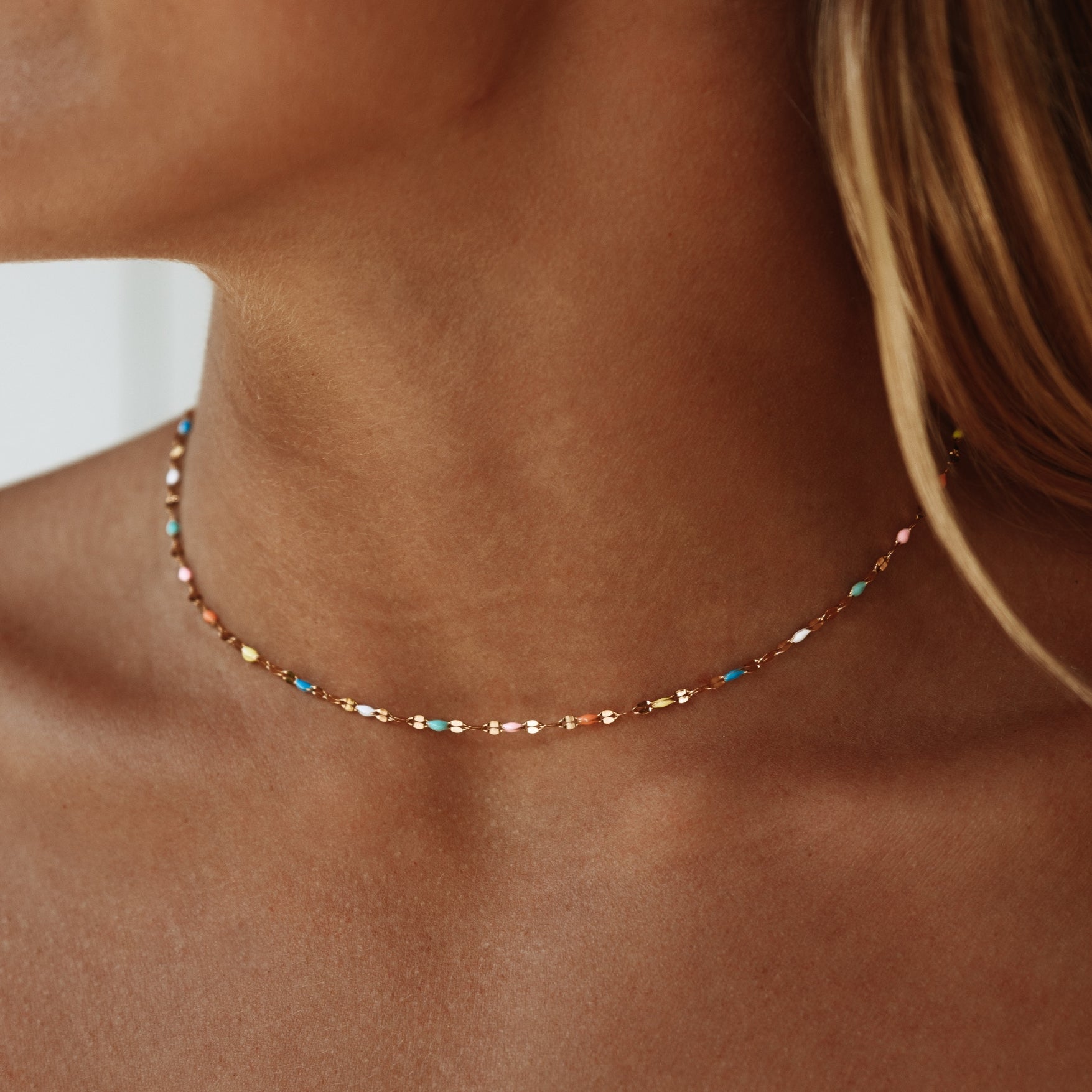


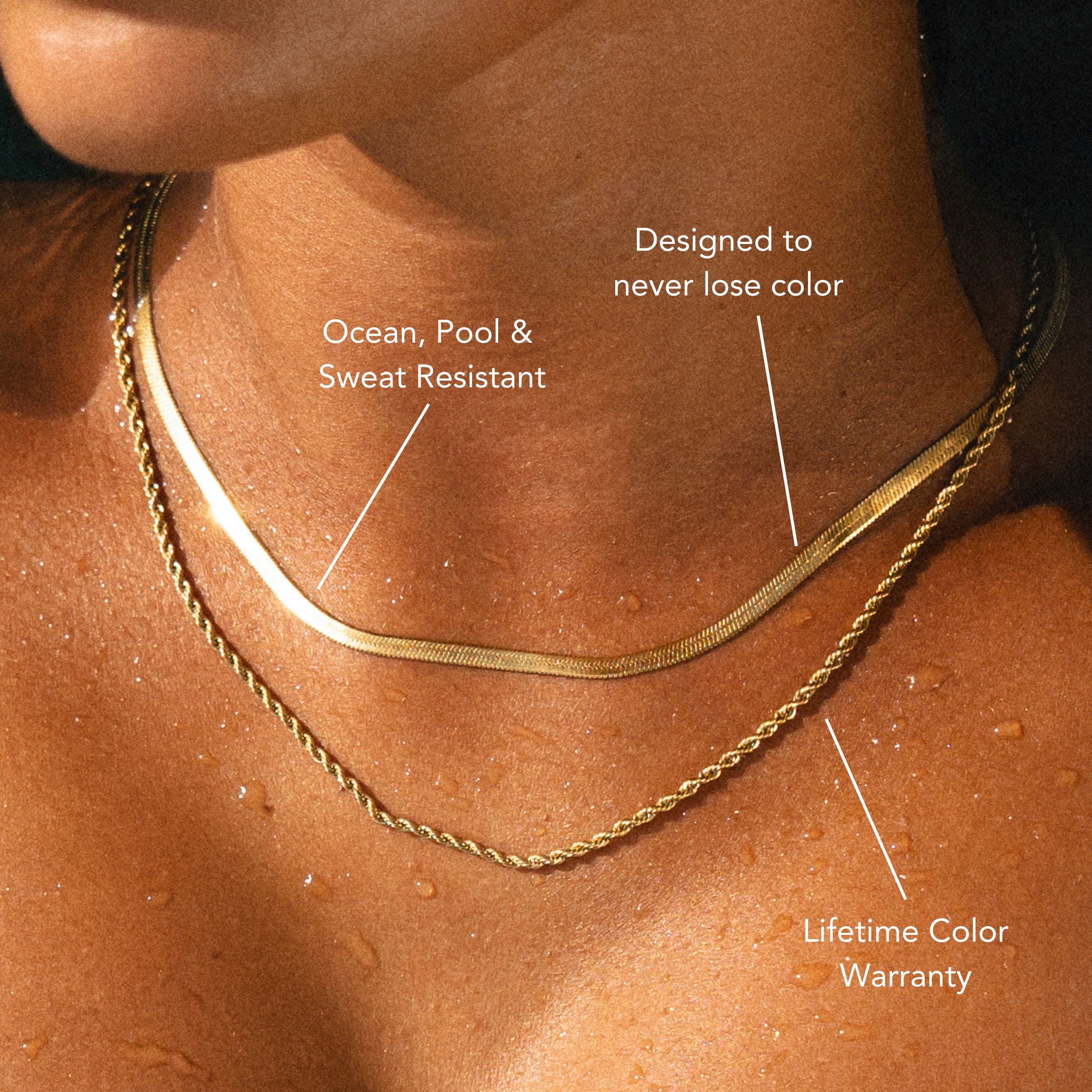
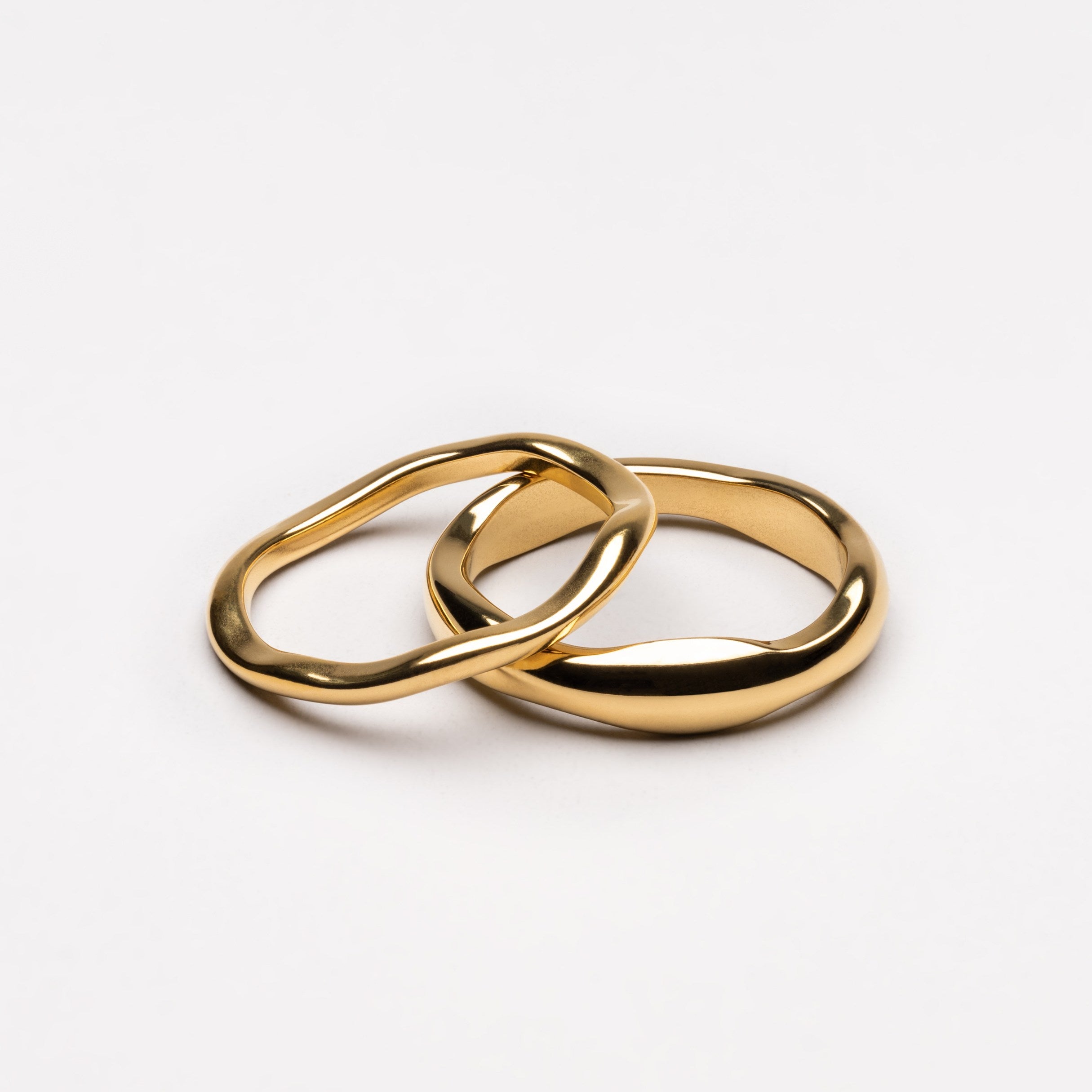
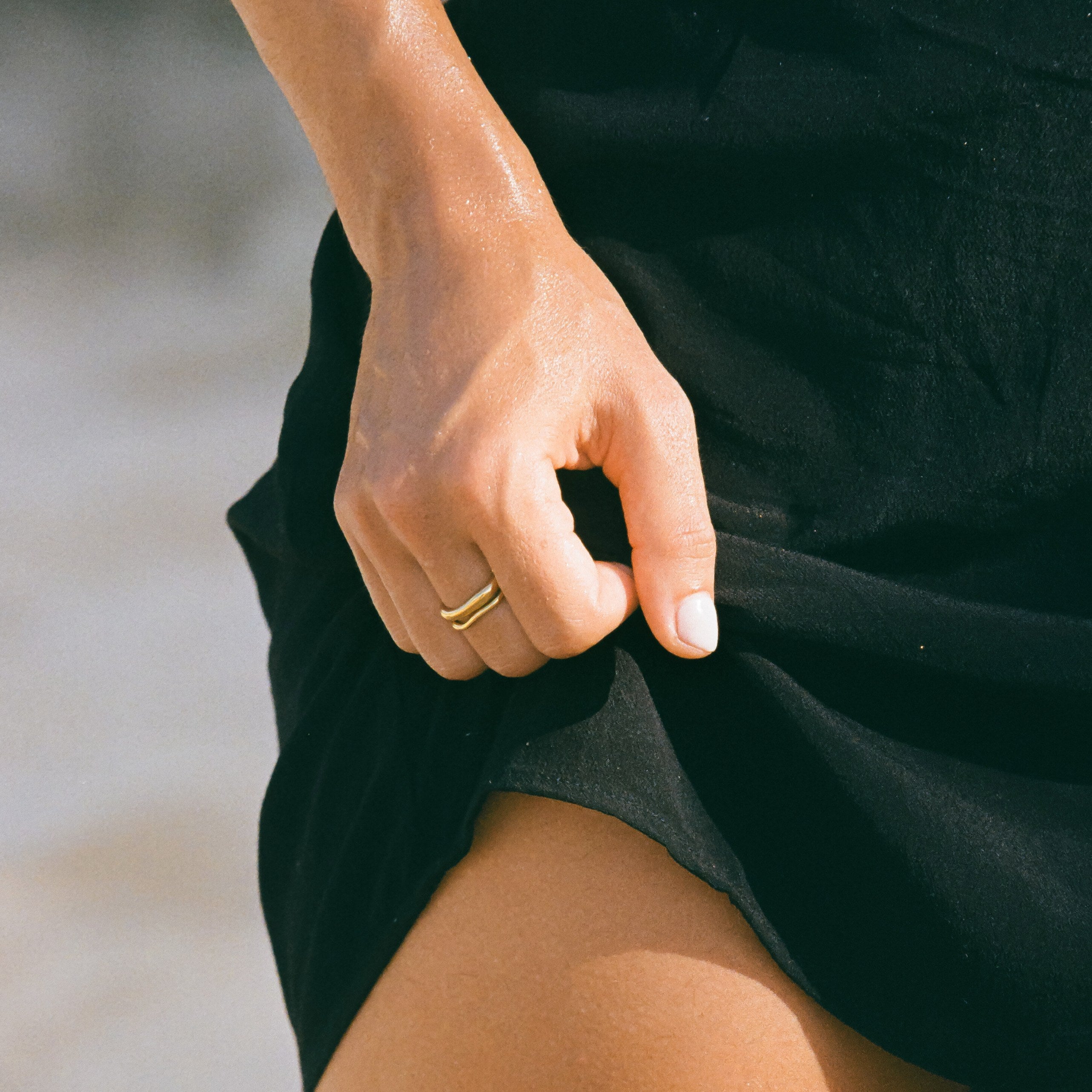

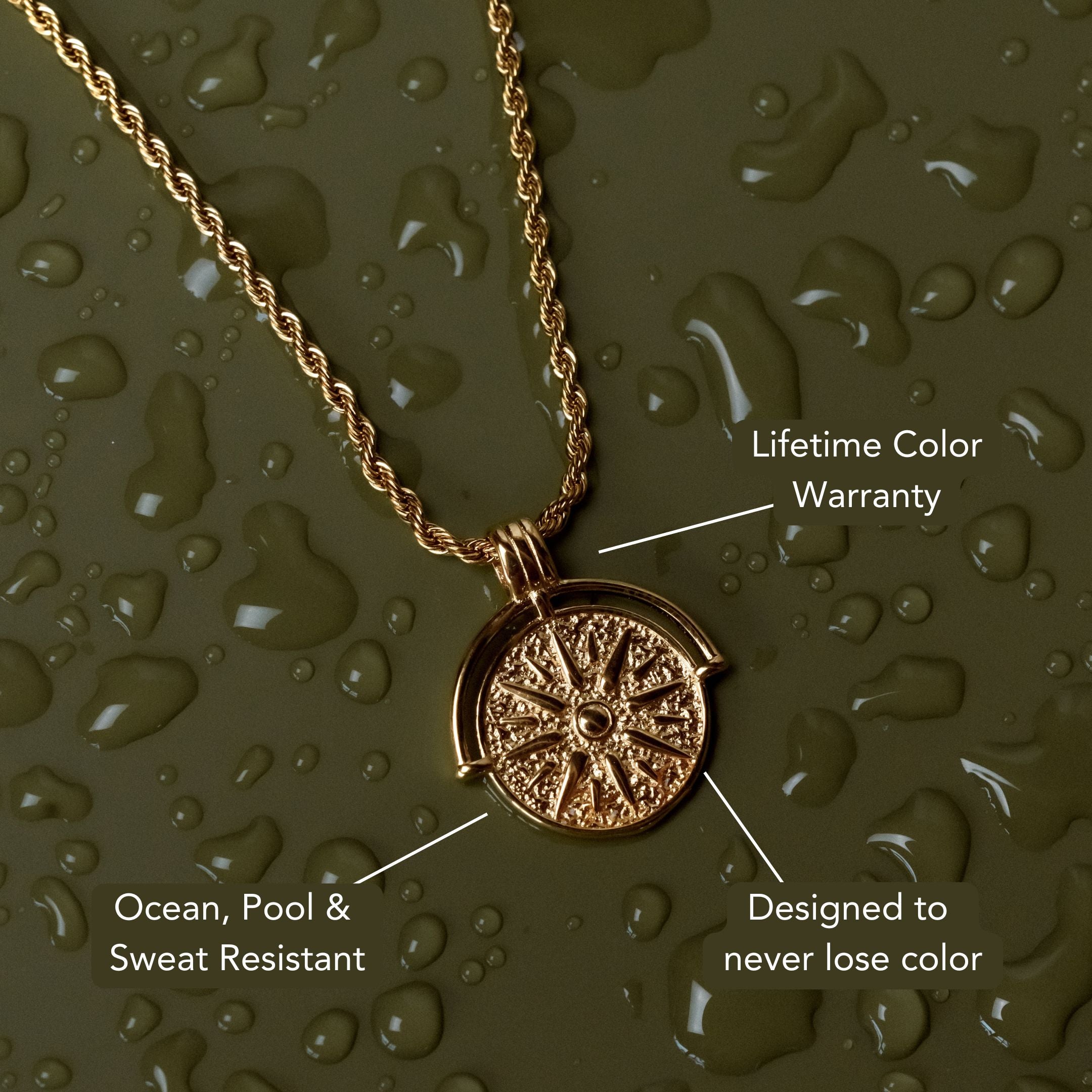
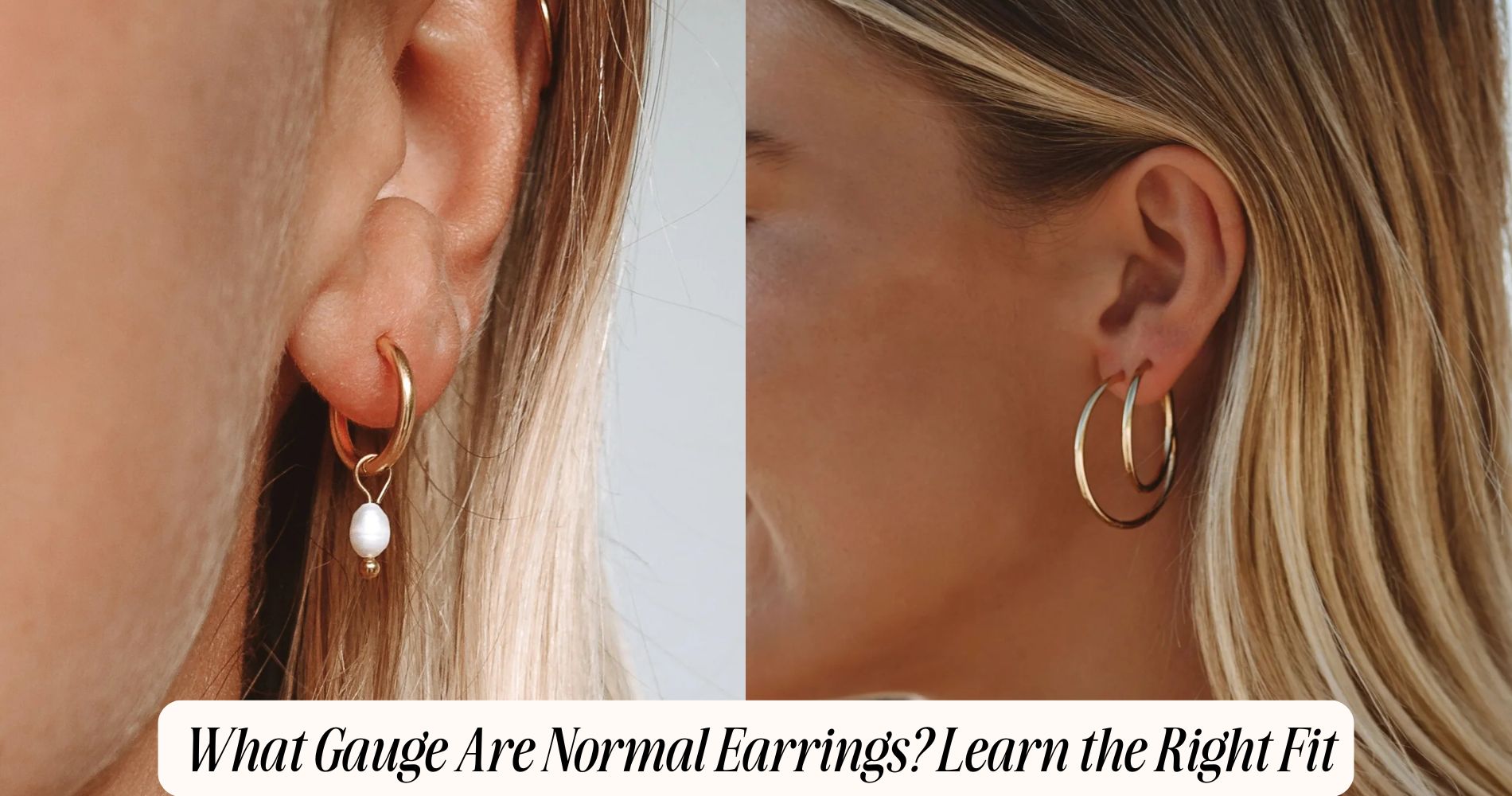
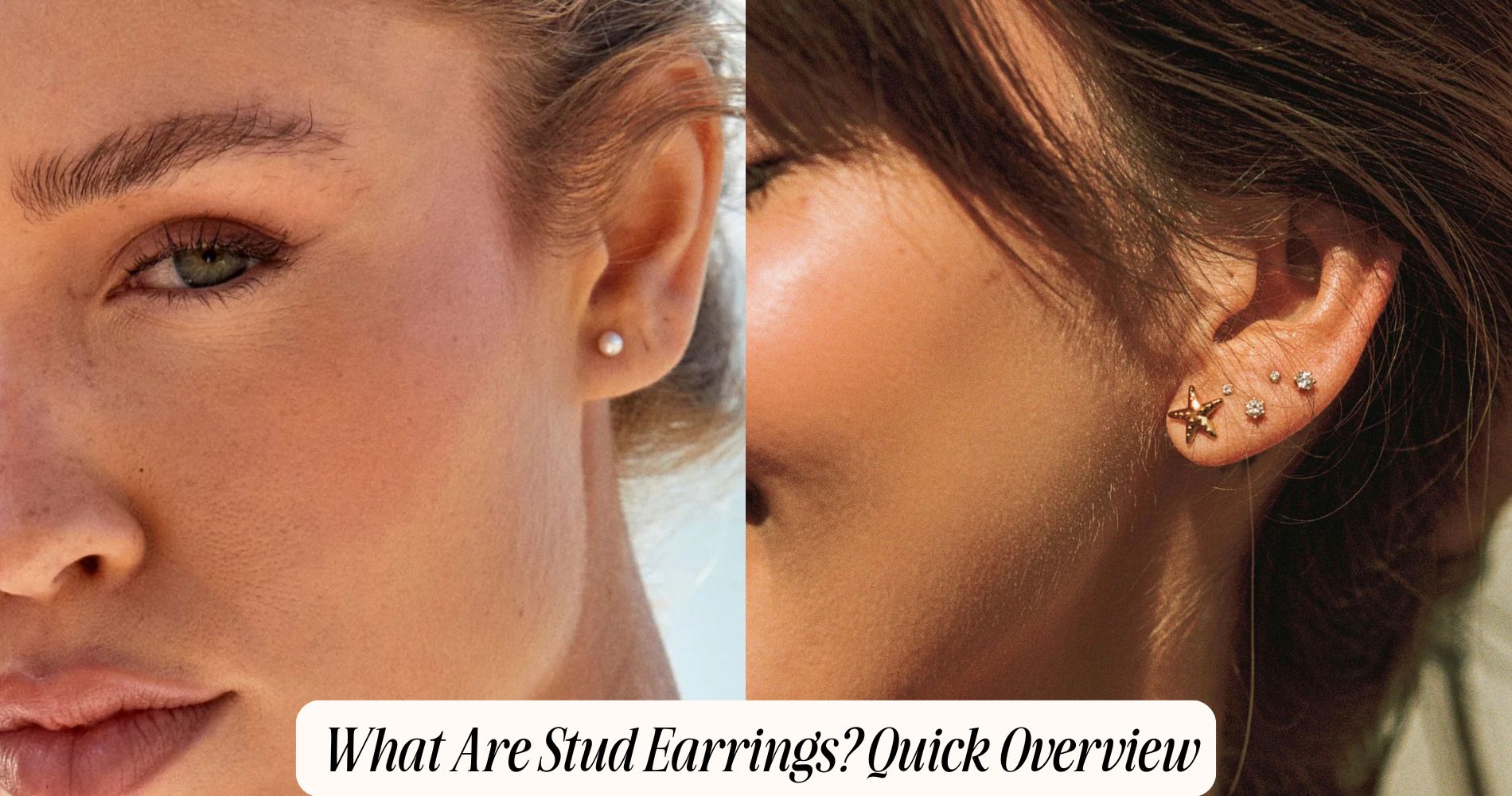




コメントを書く
このサイトはhCaptchaによって保護されており、hCaptchaプライバシーポリシーおよび利用規約が適用されます。